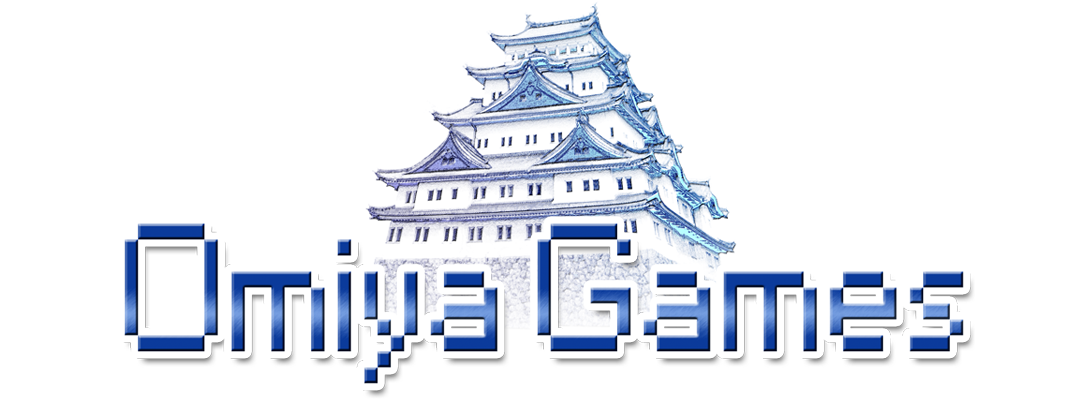I figured I’d talk about how I got the graphics on The Sentient Cube. It was surprisingly quick and simple, although it required a lot of tweaking to get it right. In this step-by-step instructions, I explain how I’ve used Unity’s installed scripts to create a stunning toon shading.
Note: this only works with Unity Pro license.
Step 1: Import stuff

In the menu bar, under Assets -> Import Package, you’ll need to import the Image Effects and the Toon Shading.
Step 2: Camera, Lights, Action

Create a cube, camera, and directional light for the scene you’re working on.
Step 3: Toon material

Create a material under the Project pane, with the shader set to “Toon/Lighted,” and the Toon Ramp set to a 1-dimensional image. In this case, I created a custom ramp.
Step 4: Test material

Drag-and-drop the new material from the Project pane to the cube in the Scene pane.
Step 5: Camera effects

Add the “Edge Detect Effect” and the “Contrast Stretch Effect” components in that order to the camera. The screenshot above was the parameters I’ve used.
Step 5: Add real-time shadows

Change the “Shadow Type” under the directional light to “Hard Shadows.” The screenshot above were the parameters I’ve used.
Results
Just add a few more elements with their own materials, and Voilà!

You can download and import the Unity package I’ve created with the same scene above.

























